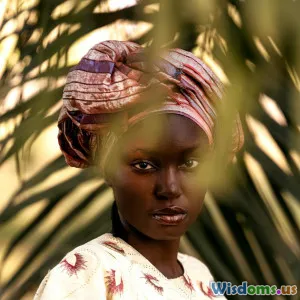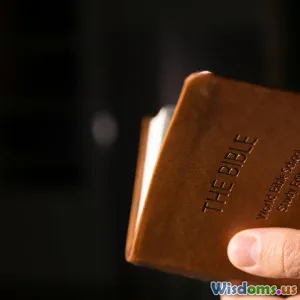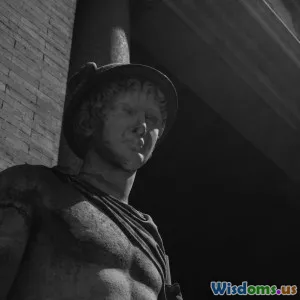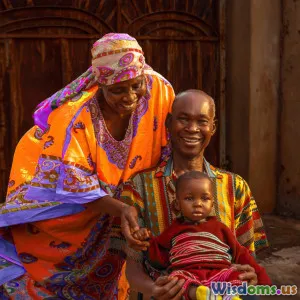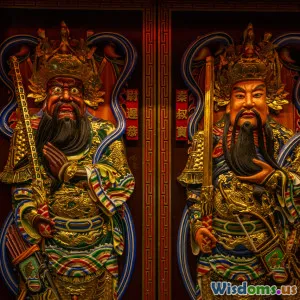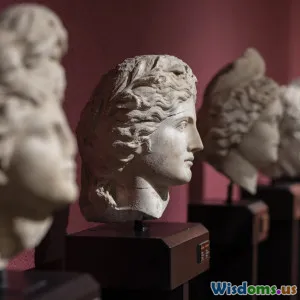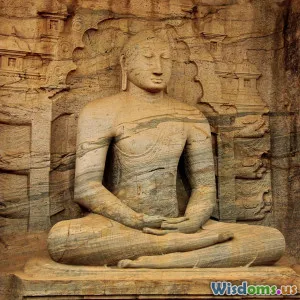
Reimagining Myths in Contemporary Literature
7 min read Explore how contemporary literature revitalizes ancient myths, infusing timeless tales with new life and cultural relevance. (0 Reviews)
Reimagining Myths in Contemporary Literature
Myths have been the backbone of human storytelling for millennia. They give voice to the collective unconscious, shaping cultures and philosophies while addressing universal themes such as heroism, morality, and transformation. But what happens when these ancient narratives meet the complexities of the modern world? Contemporary literature is stepping in to reshape and revitalize mythological tales, answering that question with innovation, diversity, and profound reinterpretations.
Introduction: Why Reimagine Myths?
At their core, myths are timeless, but the context surrounding their telling changes dramatically as society evolves. Reimagining myths in contemporary literature serves not only to preserve these narratives but also to interrogate and expand their meanings in ways that resonate with current societal values, challenges, and identities.
In a world marked by rapid technological advancement, globalization, and social activism, recontextualizing myths provides a fertile ground for exploring identity, power dynamics, gender roles, and ecological concerns. It sparks curiosity about ancient wisdom while making age-old tales accessible and pertinent to today's audiences.
The Role of Myths in Cultural Identity and Morality
Myths have historically functioned as cultural bedrocks, legitimizing social orders and providing moral compasses. For example, the Greek myths such as those of Prometheus or Pandora encapsulate ideas about innovation, punishment, and curiosity. Yet, interpretations were often shaped by patriarchal, Eurocentric perspectives.
Contemporary literature interrogates these perspectives, often giving voice to previously marginalized characters or entire cultures. Authors like Madeline Miller and Neil Gaiman revisit classical myths—Miller with her striking retellings of the Iliad through a female lens, and Gaiman with his subversion of Norse deities—to create stories that challenge dominant interpretations and invite empathy from new demographics.
Diverse Voices and Global Myths
The broadening scope of contemporary literature acknowledges global mythologies beyond the Western canon. Indigenous writers such as N.K. Jemisin, Tommy Orange, or Eden Robinson incorporate Native American myths into their works, enriching the literary landscape while preserving cultural heritage.
African mythologies have also gained visibility, with authors like Nnedi Okorafor infusing contemporary speculative fiction with Igbo and Yoruba myths. This inclusion reflects a shift toward valuing pluralism in storytelling and the validation of multiple cultural truths.
Example: "Circe" by Madeline Miller
In Miller's 2018 novel Circe, the story transforms a relatively minor Odyssey character into a powerful, sympathetic heroine. By giving Circe a voice, Miller not only humanizes a figure traditionally dismissed but also prompts reflection on female agency and exile.
Modern Themes in Mythological Retellings
Contemporary authors use myth for addressing urgent social issues. Environment and ecology feature prominently, with tales integrating myths of nature and divinity to illuminate humanity's fraught relationship with the planet. For instance, An Unkindness of Ghosts (River Solomon) uses mythical frameworks to explore systemic racism and generational trauma.
Gender and sexuality are other crucial themes. Myths are mined for both the affirmation and interrogation of gender norms. For example, adaptations of the myth of Tiresias—who transforms gender as part of his story—offer nuanced discussions on transgender identity and fluidity, as seen in novels and plays by institutions such as the Royal Court Theatre and contemporary writers.
The Multimodal Expansion: Beyond Text
Reimagining myths isn't confined to novels and prose. Graphic novels, theater, film, and digital media have invigorated ancient stories. Works like American Gods (Neil Gaiman) have inspired television adaptations, expanding myth's accessibility and impact. Similarly, myth-inspired video games and immersive theater experiences reflect a broader cultural investment in these narratives.
Real-World Impact and Reader Engagement
Reimagined myths cultivate empathy by connecting readers to humanity's shared ancestry and personalizing universal experiences. Psychologist Joseph Campbell’s idea of the 'monomyth'—the hero's journey—illustrates how these stories provide mental frameworks for overcoming adversity. Contemporary retellings make these frameworks relevant to people navigating modern challenges.
Moreover, pedagogues incorporate mythic reimagination to teach critical thinking, cultural literacy, and ethical reasoning. This underscores literature’s role as both art and a tool for social development.
Conclusion: The Ever-Evolving Fabric of Myth
Contemporary literature’s reimagining of myths evidences a dynamic dialogue between past and present. It challenges readers to revisit well-worn narratives through fresh lenses, promotes cultural diversity, and aligns ancient wisdom with modern realities. In doing so, it revitalizes myths—not as static relics but as living, breathing stories that reflect and shape humanity’s ongoing quest for meaning.
By embracing the transformative power of myth in contemporary storytelling, we glimpse the potential for literature to foster connection across time, culture, and experience, igniting both imagination and insight for a new era.
Rate the Post
User Reviews
Popular Posts












